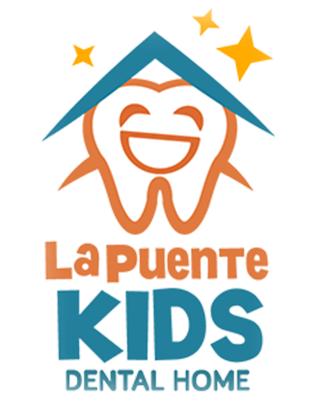Frequently Asked Questions
At what age should my child start visiting the Dentist?
To ensure your child's dental health is set for a great future, we recommend making your first appointment around 1 year of age, or when teeth become visible. From there, we will make recommendations for visit frequency based on the checkup results. If you've already missed that age, come see us as soon as you can—certainly no later than your child's fifth birthday.
My child is scared to visit the dentist. What should I do?
It's normal to expect a little uncertainty about something new, whether it's a haircut, a first bike ride, or a visit to the dentist. Once your child is here, we will do everything within our ability to create an easygoing (and even fun!) experience that will help ease many fears. We provide comforting smiles, clear explanation to the child of what we'll be doing in their mouth and fun diversions like in-room TV and treats afterward.
How to avoid baby bottle tooth decay, What causes it?
Baby bottle tooth decay, also called bottle syndrome, is a serious condition than can destroy your child's primary (baby) teeth. It occurs when teeth are frequently exposed to liquids that contain sugar, such as milk, formula or fruit juice.
Harmful bacteria feed on sugars
The liquid from the bottle pools around your child's teeth, providing food for decay-causing bacteria. The bacteria form acids that dissolve tooth enamel, causing decay. Any liquid containing sugar - even breast milk - can cause decay-producing acid attacks on your child's teeth.
Preventing baby bottle tooth decay
- Clean your child's teeth after each feeding
- Never give a bottle in bed, unless it contains water
- Begin flossing your child's teeth daily once all primary teeth have come in
- Bring your child in to see us as soon as the first tooth erupts
Are dental X-rays safe for my child?
Dental offices provide the standard safety measures, such as lead aprons and high-speed film, when administering X-rays. There is little risk in dental X-rays, which are used when one or more of the permanent teeth are not forming or when there is concern about the child developing tooth decay.
When is it safe to start using toothpaste?
The ADA recommends cleaning your baby’s gums with a clean washcloth or soft infant toothbrush and water to get your child use to having their teeth cleaned. When the first tooth appears, start using a smear of fluoridated toothpaste at least once a day. Children between the ages of 2 and 5 should brush with a pea-size amount of toothpaste. Supervise and encourage your child to spit out all of the toothpaste.
Will thumbsucking and pacifiers damage my child’s teeth?
Thumbsucking and pacifiers offer a child a way of self-soothing, and in that regard are healthy habits for them. However, if the habit continues past the age of three, talk to your child’s dentist about the consequences of long-term thumbsucking and pacifier use and if a mouth appliance is recommended for your child.
What are dental sealants and are they necessary for my child?
Food particles can easily get trapped in hard-to-reach places and in bumpy hills and valleys of teeth’s chewing surfaces. Dental sealants are clear shields that fill in the crevasses on the chewing surfaces of your child’s teeth to protect the teeth from decay-causing plaque.



